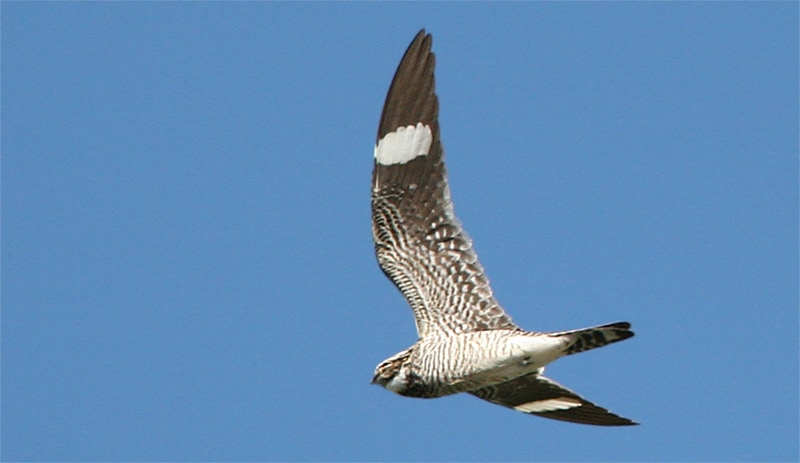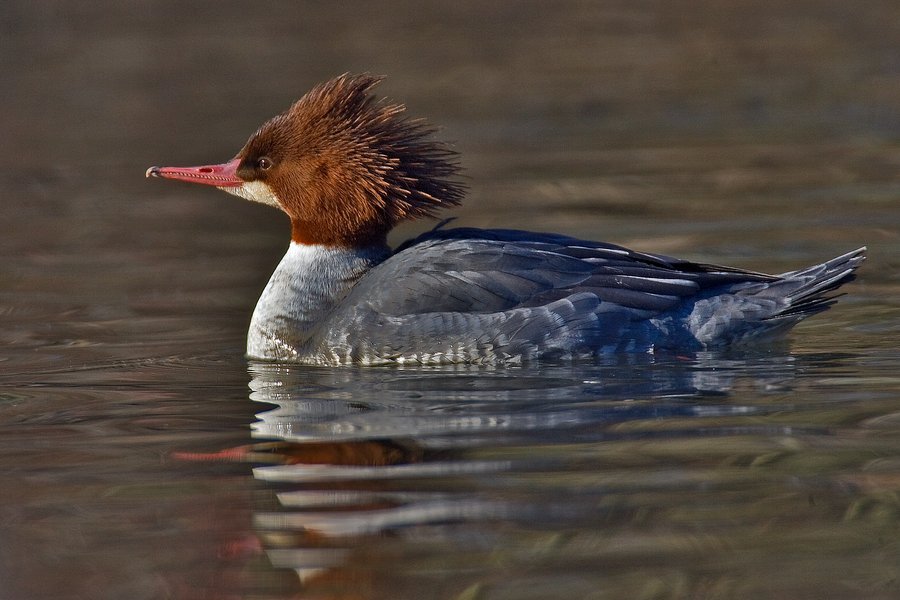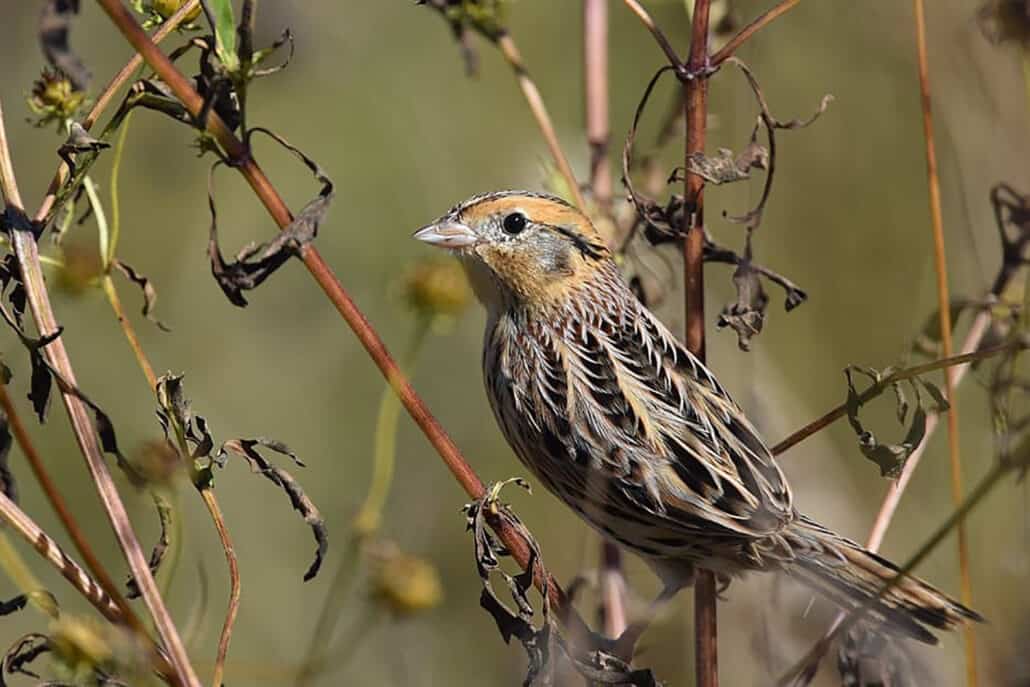Spring Birds of Minnesota (March, April, and May)
Spring is a prime time for viewing Minnesota’s birds. April and May, before the trees leaf out, are the best months to see our colorful spring migrants and to hear their beautiful songs.
Bob Dylan, a native son, likely wrote about Minnesota birds in his song “Meet Me in the Morning,” when he sang, “The birds are flying low, babe.”
Bob had a guitar, but no binoculars.
Spring arrives in a flurry of birds. It is a time to watch for new bird species on their migration northward. Warblers and vireos brighten the woodlands. Bald eagles return and begin to nest. Many species of waterfowl and shorebirds appear on wetlands statewide.
Ice-out dates on lakes vary with the latitude-from before April 5 to after May 5—and have a bearing on the arrival dates of waterfowl and wading birds. The farther north you go, the later the spring ice-out dates are.
Spring is also the season when many Minnesota bird watchers participate in birdathons with their local bird clubs, raising money for club projects. Visit any one of Minnesota’s birding hotspots and you’re certain to encounter a wide range of bird species. But even our backyards can host a flurry of spring migrants and returning nesting birds. Edge habitat, where open fields and woodland edges meet, can be among the most productive birding locales.
Minnesota Spring Birding Calendar: March
The terrific nature writer Hal Borland wrote, “Fundamentally, March wind is the dying breath of winter, the first triumphant gasp of spring…it is the wind of change.”
Snowstorms are likely, but there is a lot of melting.
Bald eagles follow water northward. Waterfowl, including swans, begin returning to the state. Canada geese are common. Flocks of snow geese should be checked for a possible Ross’s goose. American kestrels make an appearance. Eastern bluebirds and wood ducks return to explore nesting sites.
American robins, killdeer, great blue herons, red-winged blackbirds, tree swallows, American woodcock, and common grackles return.
Pussywillows open, hepatica blooms and mourning cloak butterflies emerge from hibernation.
Minnesota Spring Birding Calendar: April
April ushers in the rainy season. Ice-out on lakes begins.
Shorebird migration is in evidence in mudflats and shallow wetlands throughout the state. April is a good time to reserve a blind to observe greater-prairie chickens or sharp-tailed grouse on a booming ground. The prairie chickens range from Crookston to Rothsay. Their activity begins to peak in mid-April. Sharp-tailed grouse typically begin dancing on leks around the end of April. They are a bit more difficult to find than the prairie chickens. Bald eagles and Canada geese begin incubating eggs. The end of April brings ruby-crowned kinglets and a number of early warbler species-yellow-rumped, palm, black-and-white, orange-crowned, Tennessee, Nashville, pine, ovenbird, and northern waterthrush.
The first purple martins return.
Trout lily, spring beauty, rue anemone, bloodroot, marsh marigold, bellwort, phlox, trillium, cut-leaved toothwort and dandelion bloom.
Wild leeks become evident.
Minnesota Spring Birding Calendar: May
The last frosts occur. Flowers begin to bloom.
Migrants and nesting birds begin their big push into the state. The spectacularly colored warblers dance through the state like feathered jewels. The appearance of these brightly plumaged birds is one of the most anticipated events of the year for bird watchers. The breathtaking beauty of the warblers gives the viewer one of those warm, fuzzy feelings that is slow to go away. You should be able to see the following warblers: yellow-rumped, common yellowthroat, Tennessee, yellow, American redstart, palm, orange-crowned, black-and-white, Nashville and chestnut-sided. Look for them out of the wind or where the sun has warmed the treetops. Frontenac State Park is one of the very best spots to go warbling.
The various warblers, scarlet tanagers, indigo buntings, Baltimore orioles and rose-breasted grosbeaks make a bird watcher feel as though he has just opened a really big box of crayons.
The morning chorus of birds begins to really tune up.
Bobolinks, marbled godwits and upland sandpipers find a place in the prairies. Common nighthawks and cuckoos return.
Trumpeter swans are on nests.
Young bluebirds, robins, cardinals and geese can be seen.
Trees fill with leaves, Jack-in-the pulpits appear, lilacs bloom and the first monarch butterflies are seen.
Minnesota is home to a number of birding festivals that are very much worth attending.




